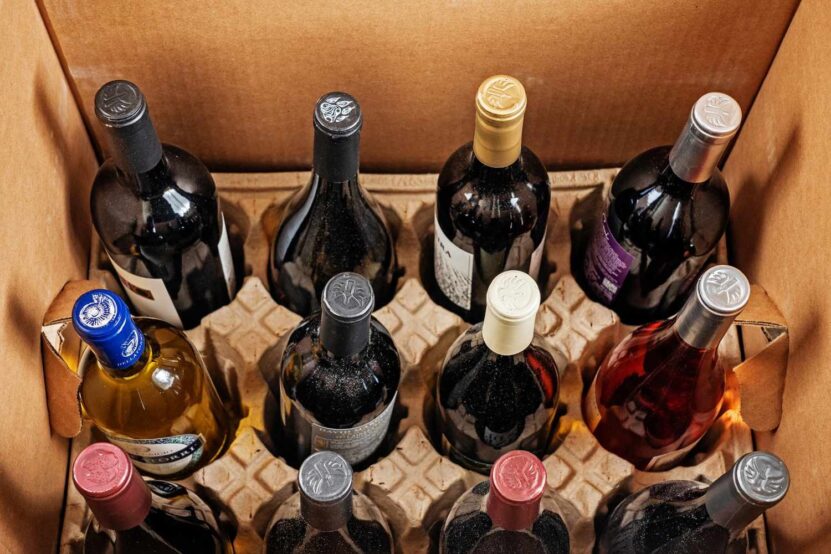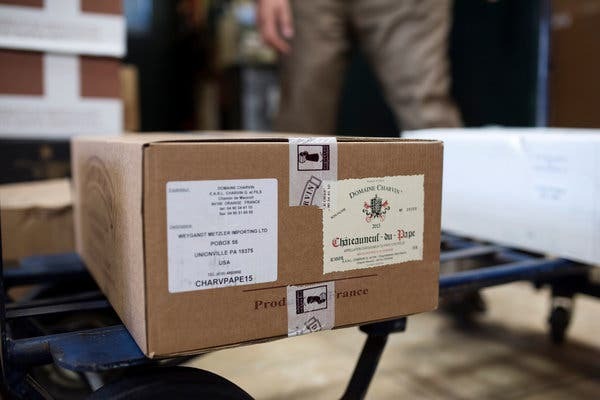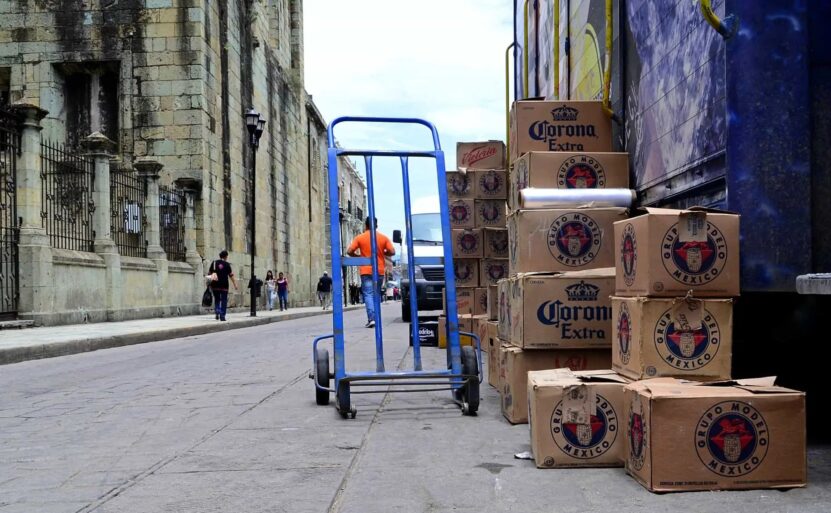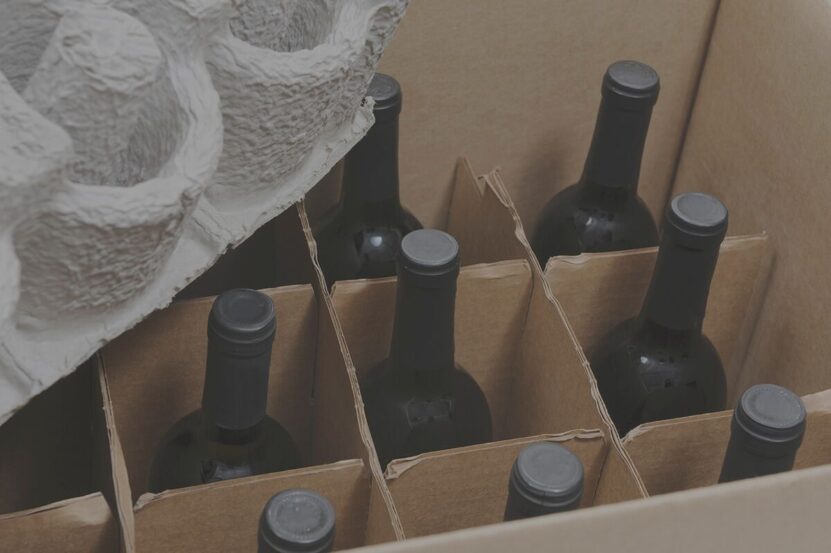
Share Post:
Shipping spirits across state lines can be easier than it seems when you know the rules. While regulations vary by state and federal law, understanding them helps simplify the process. Additionally, some states permit direct-to-consumer shipments, which can save time and effort. Selecting the right carrier ensures a seamless experience. By comparing rates and shipping options, you can maximize affordability. Overall, being informed is the key to successful and convenient delivery.
How Can I Find the Most Affordable Options for Shipping Spirits?

You can begin by reviewing your state’s laws regarding the shipping of spirits. Some states permit direct-to-consumer shipments, while others impose limits or prohibit them entirely. Understanding rules for quantities, labeling, permits and taxes helps you avoid unnecessary fees and focus on the options that work best for your situation.
Next, identify carriers that are legally authorized to ship spirits to your state. Private carriers can usually be the main option since the postal service generally forbids alcohol shipments. You may also consider licensed businesses that offer additional delivery choices. Ensure all shipments comply with packaging, labeling and adult signature requirements to have a smooth delivery.
Once you know the rules, compare rates from different carriers and shipping methods. Online quoting tools can help estimate costs based on package size, destination and delivery speed.
For larger orders, consider bulk or freight shipping to reduce the per-bottle cost. You may also combine orders with friends or family, take advantage of free shipping thresholds or explore local delivery and pickup options for smaller shipments. Insurance can be helpful for rare or high-value bottles.
Which Carriers and Shipping Methods Should I Choose?

Shipping costs can vary significantly depending on your state. Consumer-friendly states with straightforward direct-to-consumer rules often offer lower fees and fewer delays, while states with strict limits or additional permit requirements may increase shipping costs.
Understanding your state’s rules helps you select carriers and shipping methods that reduce costs and prevent extra fees. When you combine this knowledge with careful carrier selection, rate comparison and strategic ordering, your spirits can arrive safely, legally and as affordably as possible.
Marketview Liquor — owned by Mike and Barb Palmeri — offers the most outstanding selection, service and savings — every day. Customers can browse and order a wide variety of wines and spirits online, making it easy to find what they need.
Marketview Liquor ships wine to 44 states and spirits to 16 states, with transit times varying by region. Eligible wines may receive free shipping on orders of 12 bottles or more. Shoppers can check the Free Shipping Wines page and combine bottles to save.
Shipping costs apply only to the Continental US, ranging from $17 to $45, while Alaska and Hawaii are excluded since their $210 rate could distort marketing. Orders typically ship from Rochester, NY, within 48 hours, excluding non-business days and Marketview Liquor adjusts delivery schedules during extreme weather to ensure quality. Whether trying a new wine or stocking up, customers can order online and have their favorites delivered to their door.
What Are the Key Regulations for Direct-to-Consumer Shipping?

State laws strictly regulate alcohol shipping in the U.S. and the rules vary widely. Most alcohol flows through distributors and retailers under the three-tier system. Some states, however, allow direct-to-consumer shipments if shippers obtain the required permits, pay fees and follow compliance rules. Knowing your state’s regulations ensures you choose the most cost-effective shipping options.
Federal courts have reviewed state residency rules for liquor licenses and upheld the three-tier system of distribution. The system requires producers to sell through in-state wholesalers and retailers. As a result, some states block out-of-state shipments while allowing in-state distribution.
The ability to ship directly to consumers has expanded over time. Today, some states allow wineries and retailers to ship directly to residents, while others maintain restrictions.
How Do State Shipping Practices Affect Consumers?
Some states make direct-to-consumer wine shipping relatively simple. For example, California, Colorado and Arizona allow licensed wineries to ship directly to adults for personal use, with clear limits and straightforward reporting requirements.
Consumers can access out-of-state or local wines more easily when shipments carry proper labels and comply with state taxes. Shipments also require a signature from someone 21 years of age or older.

Other states place more restrictions on direct wine shipping, creating extra steps for consumers and wineries. For example, Alabama allows up to 12 nine-liter cases per resident per year but requires detailed labeling, tax reporting and delivery to a permanent adult address. Delaware requires all shipments to go through a licensed wholesaler before reaching the consumer, adding complexity and extra fees.
In contrast, some states make direct-to-consumer wine shipping almost impossible due to strict prohibitions or highly complex regulations. Mississippi and Utah either ban direct shipments entirely or require cumbersome licensing and intermediary steps. Consumers in these states often rely on in-state retailers or travel to purchase wine legally.
Some states — such as Connecticut and Alaska — have specific shipping limits and permit requirements, but still permit wineries to ship directly to consumers. Connecticut caps shipments at five gallons per person every two months and requires proper adult signatures, labeling and tax reporting.
Arkansas classifies as a Moderate-Restriction State for direct-to-consumer liquor shipping. Licensed distilleries and small farm wineries can ship spirits, wine or mead directly to residents if they follow rules for adult signatures, labeling, taxes and record-keeping. The state limits monthly quantities and restricts deliveries to authorized areas. These examples illustrate how state regulations impact the ease and cost of shipping spirits.
What Are the Most Affordable Options for Shipping Spirits to My State?
With the right approach, shipping spirits can be a cost-effective and straightforward process. Knowing state rules and carrier requirements helps you avoid delays and extra fees, while comparing rates ensures the best value. Bulk shipping, insurance and local delivery options add flexibility and savings, and careful planning ensures your spirits arrive safely and efficiently.







